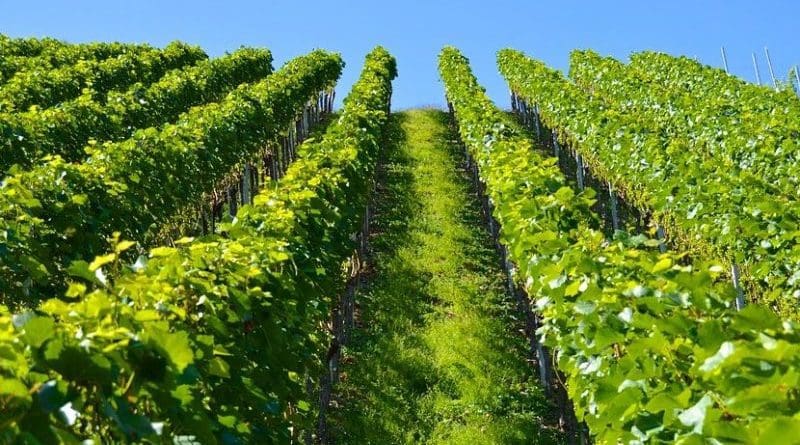Largest-Ever Genetic Analysis Of Grapevine Varieties Reveals How Glacial Cycles Shaped Grape Domestication And Rise Of Wine
In the largest ever genetic analysis of grapevine varieties, including samples from previously undocumented specimens in private collections, researchers provide new insights into how, when, and where wine and table grapevines were domesticated, which has been a longstanding question.
“This work represents a major international collaborative effort, challenging to do in any circumstances but especially so given that we conducted it during the COVID-19 pandemic and associated lockdowns,” said author Wei Chen, who will also participate in an embargoed briefing on this study this week.
Even though wine and grapes are very important culturally, when wine and table grapevines were domesticated, and where, has been difficult to confirm. This is largely because there haven’t been sufficiently wide genetic sequencing analyses on grapevine varieties. As a result, there are several standing hypotheses in the literature that remain uncertain.
For example, researchers have thought the cultivated wine grapevine (Vitis vinifera) had a single domestication in Western Asia, from which all wine varieties stemmed, and that it happened before the advent of agriculture. They’ve also thought wine grapevines were cultivated before table grape grapevines.
Now, a study by Yang Dong and colleagues pushes back on both ideas. Based on vast grapevine genetic data studied, their report shows there were two domestication events for the cultivated wine grapevine in two distinct places – Western Asia and the Caucasus region – separated during the last glacial advance.
“Despite being separated by over 1000 [kilometers], the two domestication processes appear to have occurred contemporaneously with a high degree of shared signatures of selection on the same genes,” writes Robin Allaby in a related Perspective.
What’s more, they showed that these domestication events took place 11,000 years ago – in line with the advent of farming, and about 4,000 years later than some studies have shown. The genetic data also suggest that wine and table grapes were cultivated at the same time – not the wine grapevine first.
The authors also identify some genes involved in domesticating grapes – improving flavor and color and texture – that could help winemakers improve wine today and make varieties more resilient to climate change and other stresses. Among their findings, they uncover more about the genetics underlying white grape color, and the ancient muscat flavor; at least one allele underlying muscat flavor may be detrimental to plant health, they say.
To do this work, Dong and colleagues generated a high-quality chromosome level reference genome of wild grapevine progenitor Vitis sylvestris. They then re-sequenced more than 3,000 individual grapevine plant samples collected from wide geographic locations – including from wild locations and from private collections.
“Our collaborators reached out to their connections and looked for old and local varieties,” said Chen. “For instance, a lot of the Armenia [samples] from old vineyards turned out to be undocumented varieties.” The multimedia related to this paper includes videos from several international collaborators reflecting on the study’s process and significance.

